You might be asking yourself what exactly is a “software marketing campaign.” The definition is on the one hand obvious, and on the other unclear. It’s obvious to most companies launching a piece of software or app that a great product is nothing without proper marketing. But it’s still unclear in many people’s eyes how to execute a software marketing campaign effectively. Let’s look at the following example:
Company Z launches a software marketing campaign. With poignant messaging and a compelling CTA on its website landing page, Company Z wows any consumer who visits the site; Company Z grows their email subscription list 12K in less than a day.
Do you see any red flags? Right now it looks like Company Z is humming along at full speed. Let’s evaluate the next part of the campaign, when things take a turn.
After the successful launch of their software marketing campaign, Company Z takes a second look at its strategy and develops a plan to re-market their software via their subscription list. After calculating their next move for several months, Company Z develops another compelling CTA and content flow. Here’s where things take a turn: because the original subscribers forgot why they originally signed up to Company Z’s email list, this new campaign seems irrelevant and out of place. Over 35 percent of their subscribers opt out after receiving messaging from the re-marketing campaign.
What happened?
Because Company Z launched an email marketing campaign but failed to effectively keep their following engaged, when they attempted to re-connect with their followers they saw a high opt out rate. What’s worse, the subscribers who didn’t opt out at that point are likely the kind who need special attention — signified by their lack of attention.
This mentality causes many software marketing campaigns to fail. To approach software marketing correctly, use what we like to call a “conversation mentality.” Simply put, it’s so important to plan not only for what will happen next, but for what will happen after that. Let’s look at what happens when Company Z uses the “conversational approach.”
Company Z moves forward with the first phase of their software marketing campaign — after planning for what the second phase will look like (and when it will launch). With poignant messaging and a compelling CTA on its website landing page, Company Z wows any consumer who visits the site; Company Z grows their email subscription list 12K in less than a day. After a successful first phase, Company Z launches the second phase of their software marketing campaign to re-market email subscribers. The second phase of the campaign attracts 25 percent more subscribers and a click through rate of more than 50 percent. With the third phase slated to launch, the company begins planning phases 4 and 5.
You see right away the benefit of the conversational approach. Because Company Z has laid the groundwork and follow-up for each stage, their subscribers remain more engaged and willing to share the company’s message.
Focus on creating interactive communication with your subscribers and follow up even before launching the next part of your software marketing campaign. Your customers, and bottom line, will be thankful that you did.

